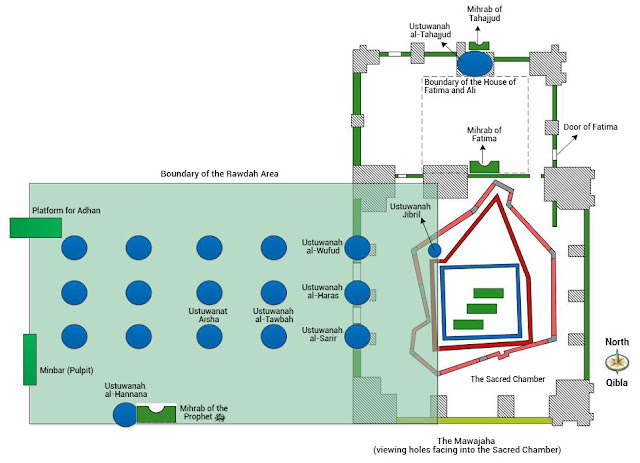50 30 20 rule of Money
The 50/30/20 rule is a simple budgeting framework designed to help individuals manage their finances effectively by dividing their after-tax income into three main categories:
-
50% for Needs
This includes essential expenses that are necessary for living, such as:- Housing (rent or mortgage)
- Utilities (electricity, water, gas)
- Groceries
- Transportation
- Insurance
- Minimum debt payments
-
30% for Wants
This category is for non-essential expenses that enhance your lifestyle, such as:- Dining out
- Entertainment (movies, concerts, hobbies)
- Shopping for non-essential items
- Travel and vacations
- Subscriptions or memberships
-
20% for Savings and Debt Repayment
This portion goes toward improving your financial future:- Savings for emergencies
- Investments (stocks, mutual funds, etc.)
- Paying off extra debt (beyond minimum payments)
- Retirement funds or long-term goals
This rule provides a flexible structure to maintain financial stability while allowing room for both essential and discretionary spending.








